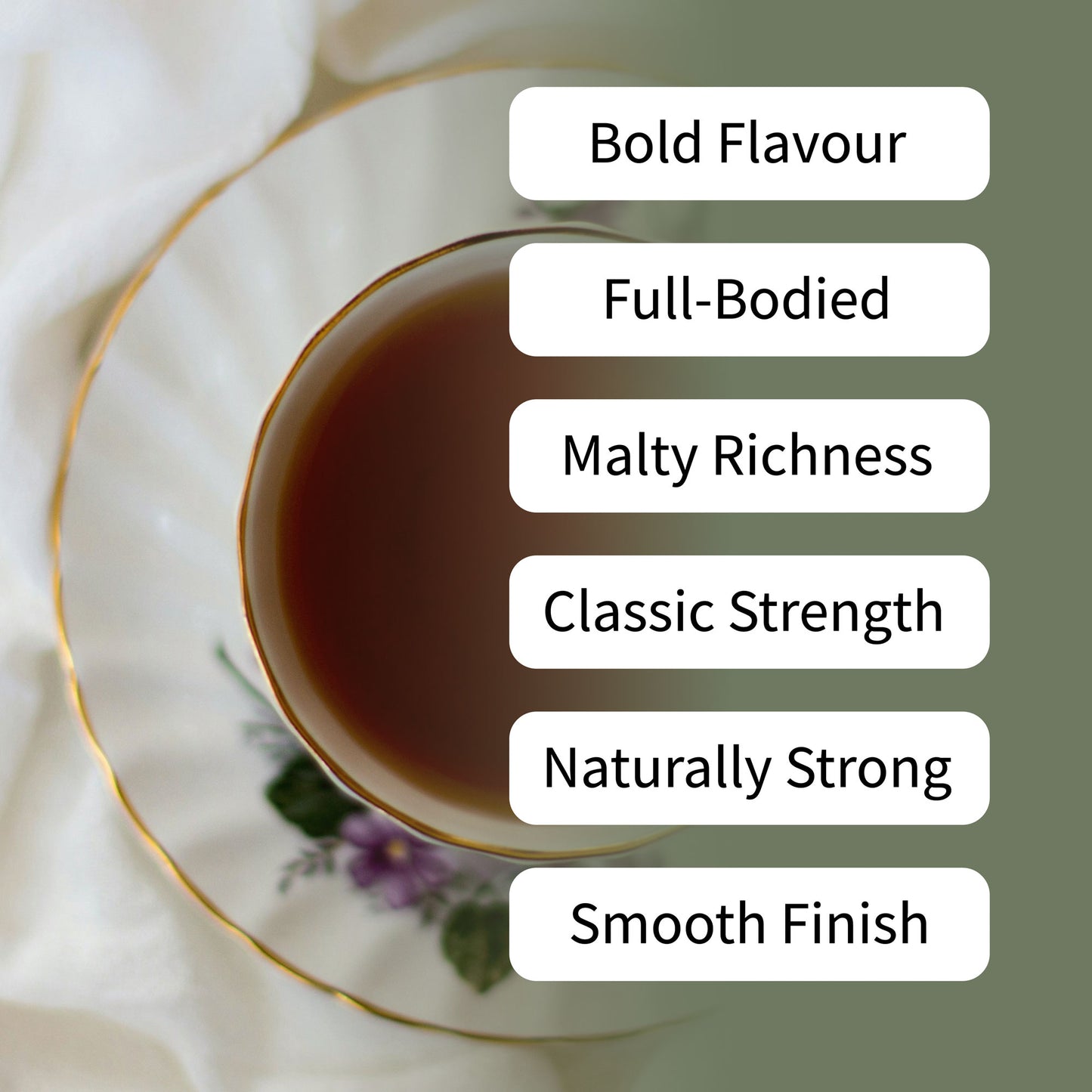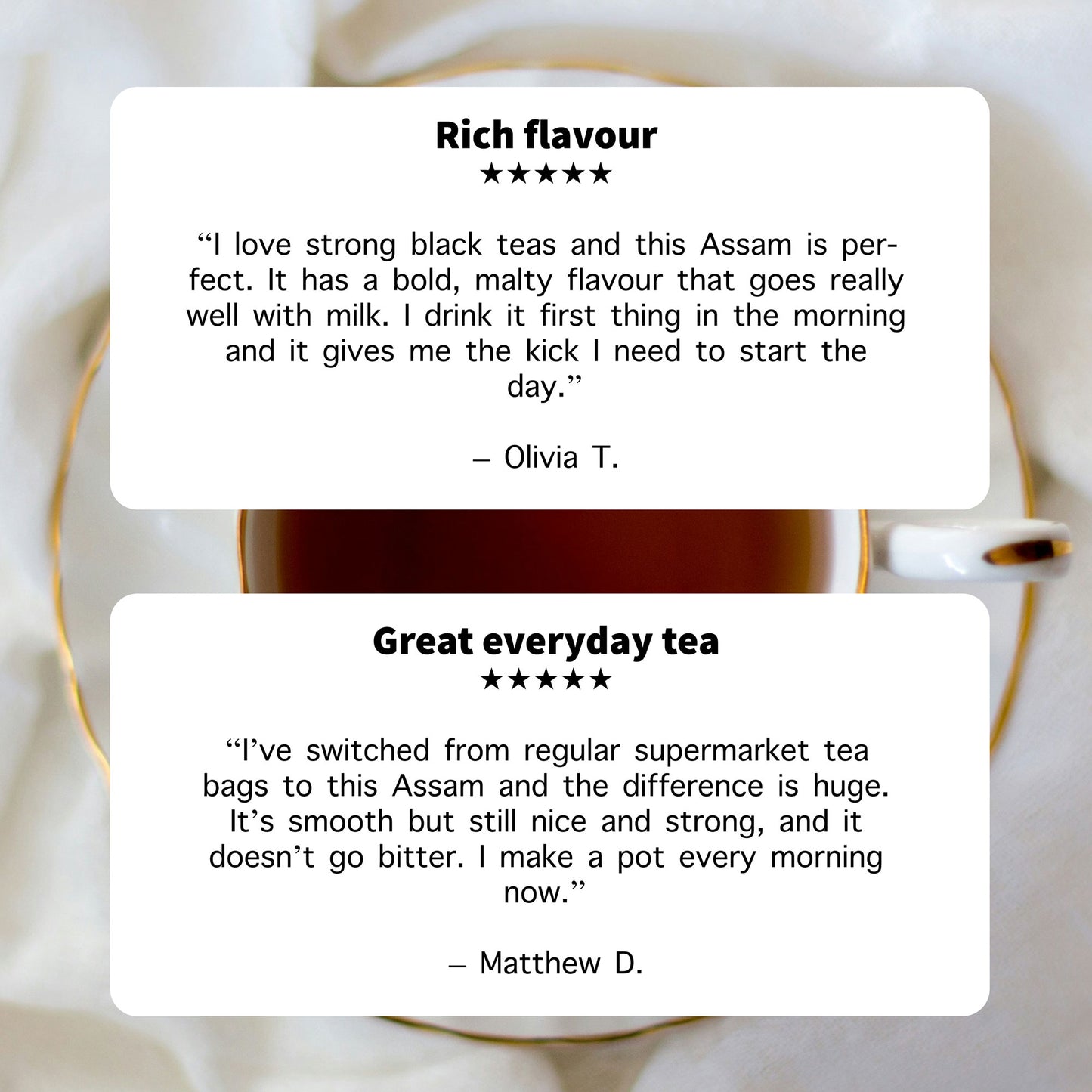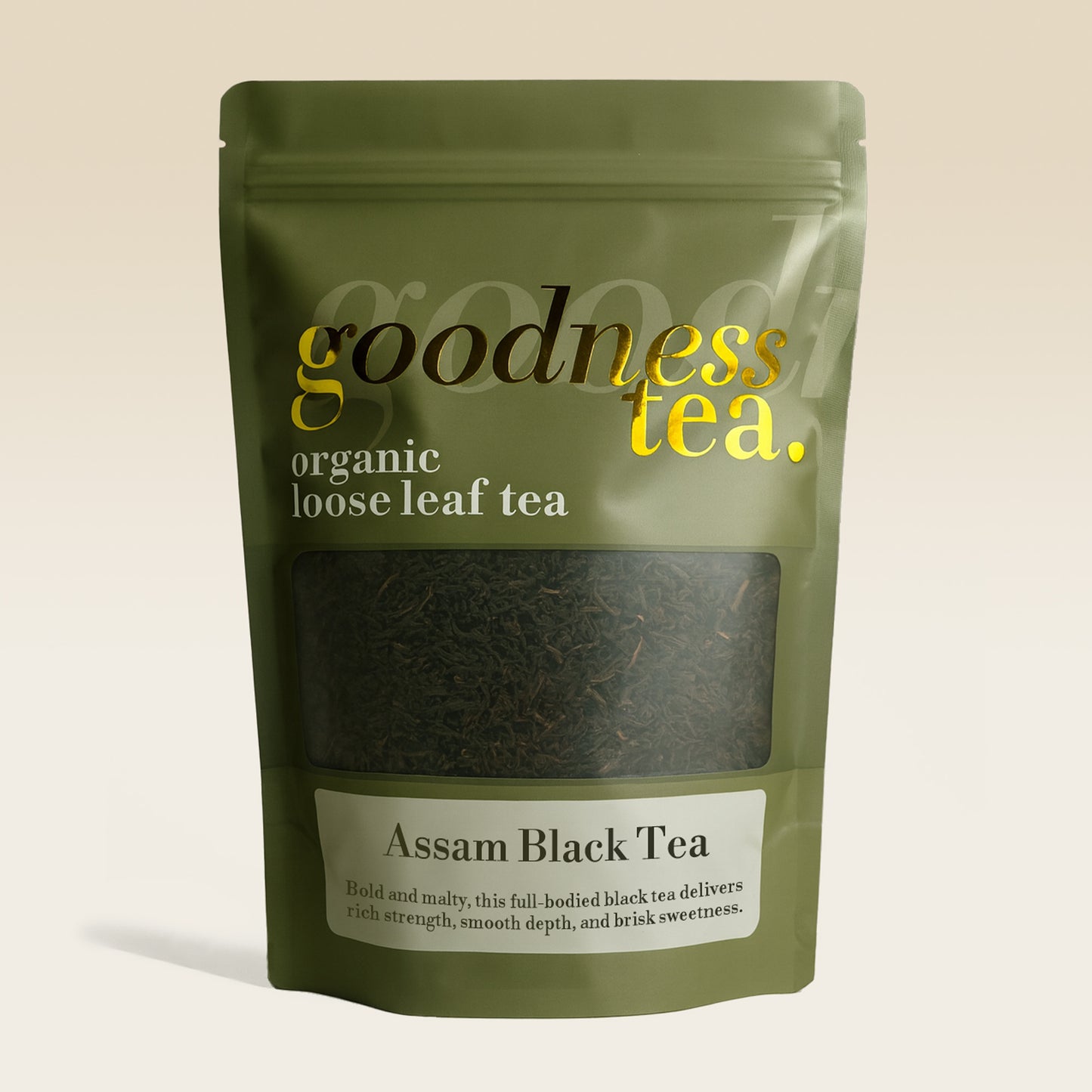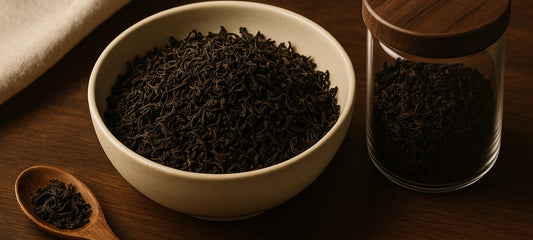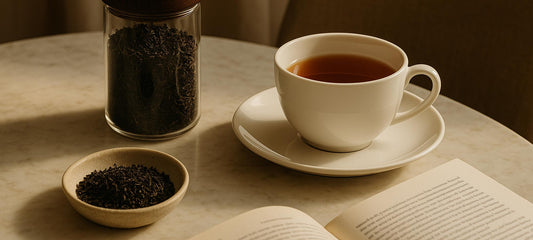Camellia Sinensis: The Plant at the Heart of Every Cup
Estimated read time: 5 minutes.
Every tea you’ve ever loved—green, black, white, oolong, pu-erh—comes from a single plant.
Not a family. Not a genus. A single, extraordinary species: Camellia sinensis.
What changes between a buttery green and a deep, earthy black isn’t the plant. It’s what happens next—where it grows, when it’s picked, how it’s handled.
But the origin, always, is the same.
This is a quiet look at the plant behind the ritual.
One Plant, Many Possibilities
Camellia sinensis is a small-leafed evergreen shrub. Subtle. Understated. Often mistaken for something ornamental. And yet, it holds an entire world of flavour.
There are two primary varietals used for tea:
-
Camellia sinensis var. sinensis
Native to China. Smaller leaves. Known for delicacy and nuance. Often used for green, white, and oolong teas.
-
Camellia sinensis var. assamica
Native to India. Larger leaves. Known for boldness and body. Often used for black and pu-erh teas.
The two sometimes cross. Some teas blend both. But even within each type, micro-differences emerge—based on soil, altitude, climate, and cultivation.
This is why tea is so expressive.
The plant is constant. The variables are endless.
How One Plant Becomes Many Teas
It’s not just where it’s grown. It’s what is done to it.
All true tea—regardless of colour or style—comes from Camellia sinensis. What changes is how the leaf is treated after harvest.
Here’s how a single plant gives rise to so many expressions:
| Tea Type | Process Summary | Resulting Character |
|---|---|---|
| White | Picked, withered, and dried. Minimal handling. | Soft, floral, often silken. |
| Green | Picked, then quickly steamed or pan-fired to halt oxidation. | Fresh, grassy, nutty or vegetal. |
| Oolong | Partially oxidised, then rolled and roasted. | Complex, layered—floral to toasted. |
| Black | Fully oxidised, rolled, and dried. | Bold, structured, often malty or brisk. |
| Pu-erh | Aged and fermented over time (shou or sheng). | Earthy, mellow, deep and evolving. |
This is where craftsmanship begins—after the harvest, in the hands of the maker.
Why It Matters
Knowing your tea comes from Camellia sinensis isn’t trivia.
It’s perspective.
It helps you:
- Understand why storage, brewing, and freshness matter
- Recognise that flavour isn’t added—it’s revealed
- Appreciate that tea is not “flavoured water,” but transformed leaf
It turns a simple cup into a quiet collaboration—between plant, place, producer, and you.
Final Thought: A Living Thread
Every time you steep tea, you’re engaging with a plant that has been cultivated for thousands of years. Tended, plucked, and shaped—not into something artificial, but into something true.
Camellia sinensis asks for very little.
But in the right hands, and the right moment, it gives everything.



